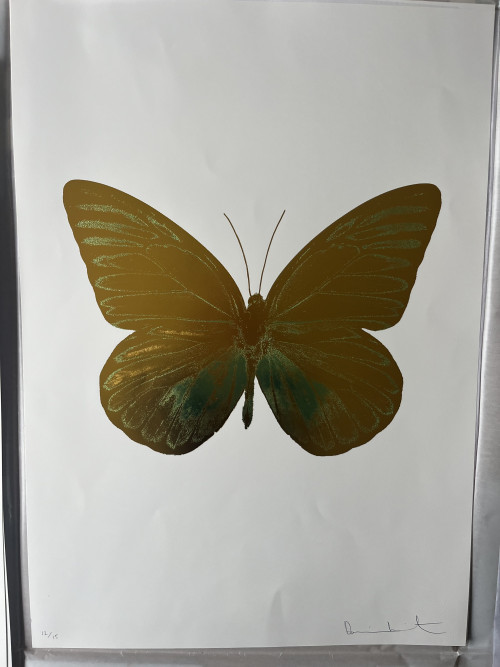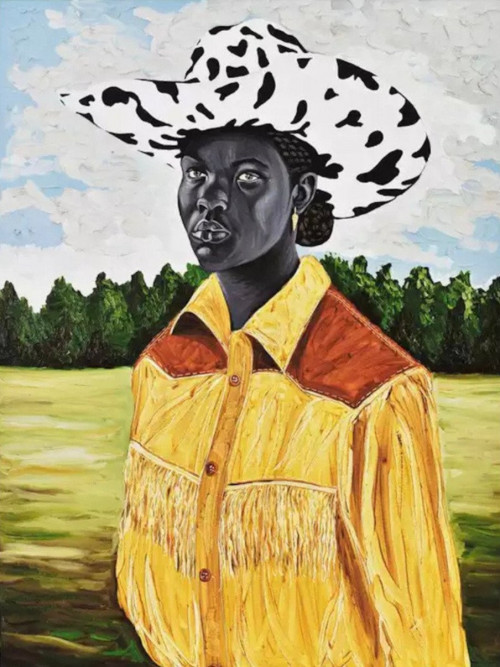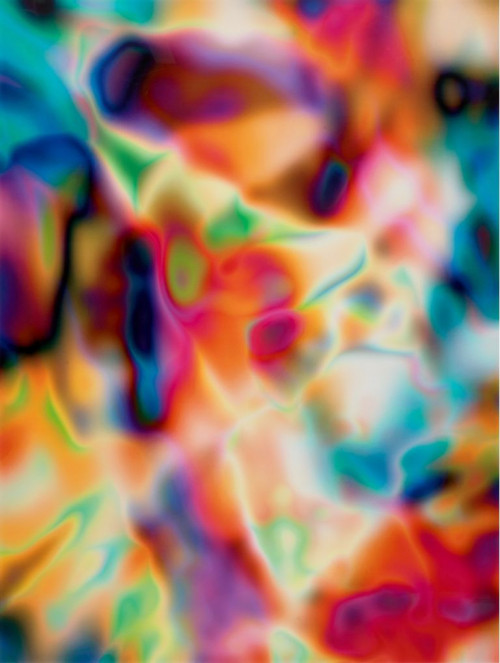Popular Ads
Signed and numbered on the front. Otis Kwame Quaicoe offers a new perspective on American history and African culture celebrated through the form of portraiture. With his bright and luminous portraits, Quaicoe engages with ideas of empowerment, a subject embodied in the postures of his sitters. In Rancher, Quaicoe takes subject the lesser-known history of the Black diaspora on the American frontier, conveying the complexities of the experiences of both himself and his subjects.
Signed with initials, dated and numbered in pencil, published by Edition Copenhagen, printed in Denmark.








